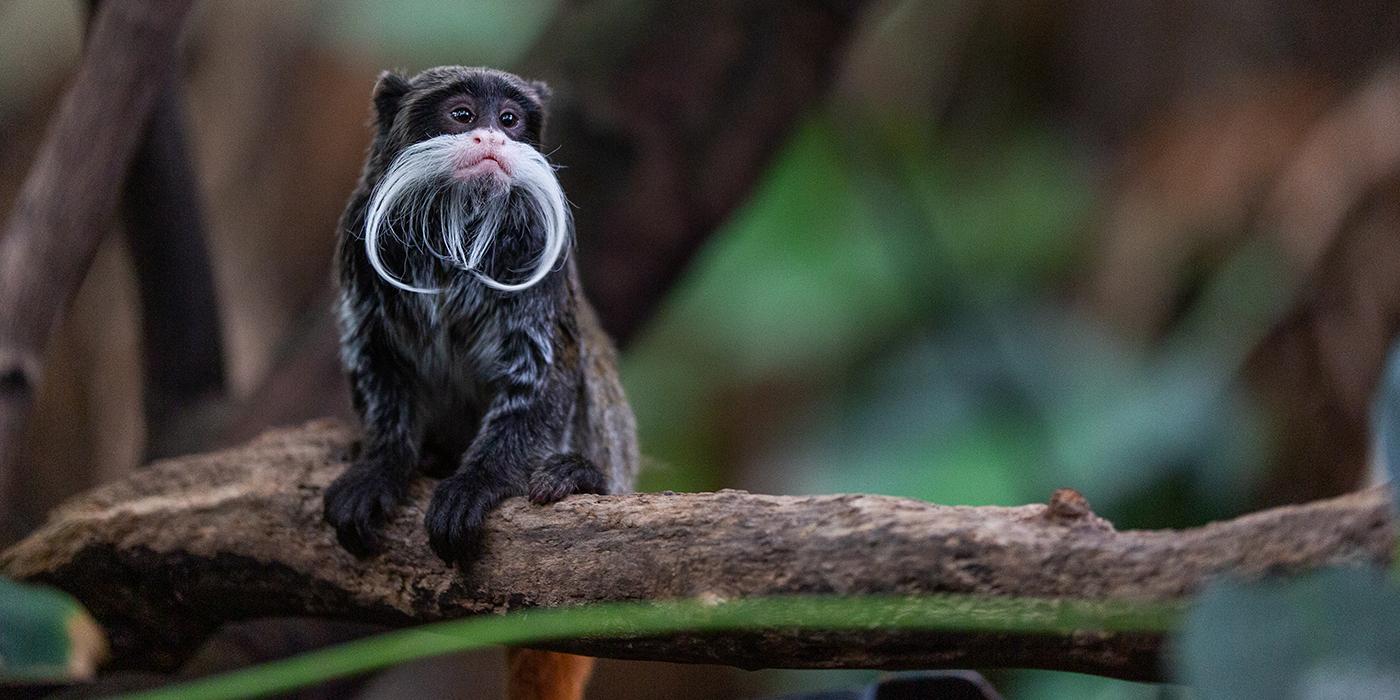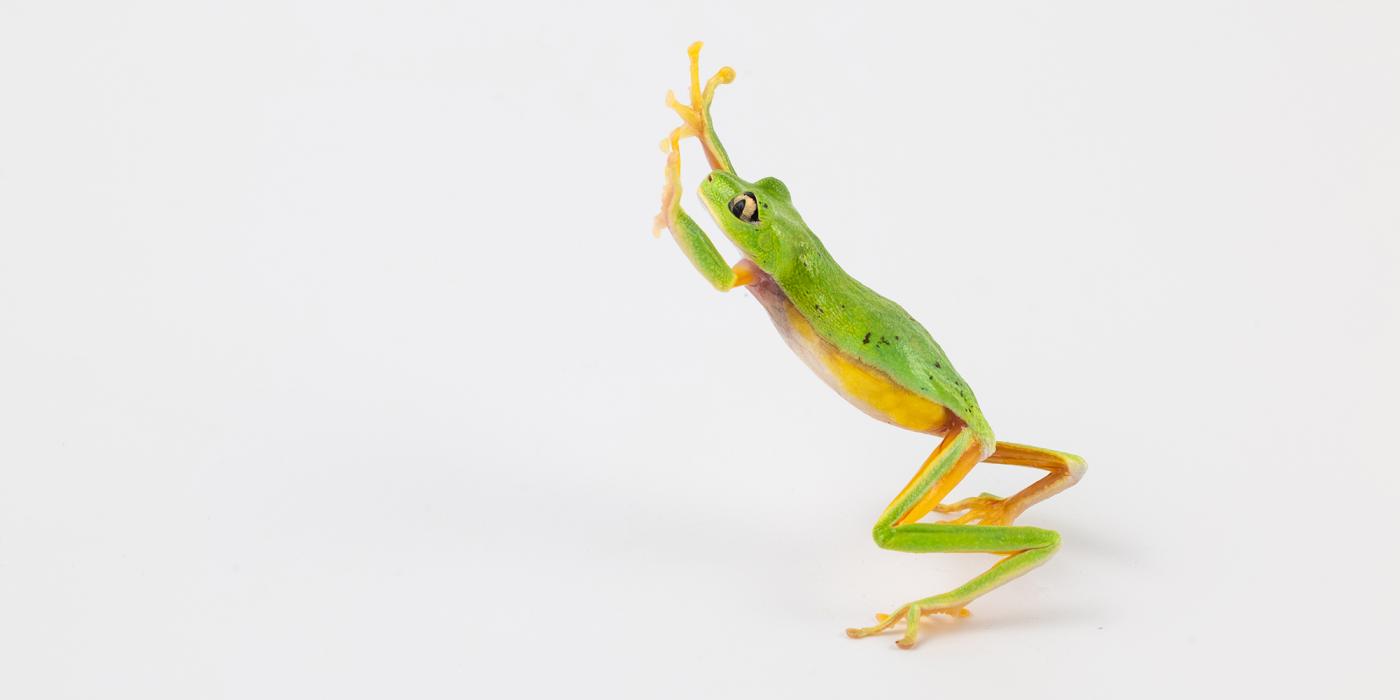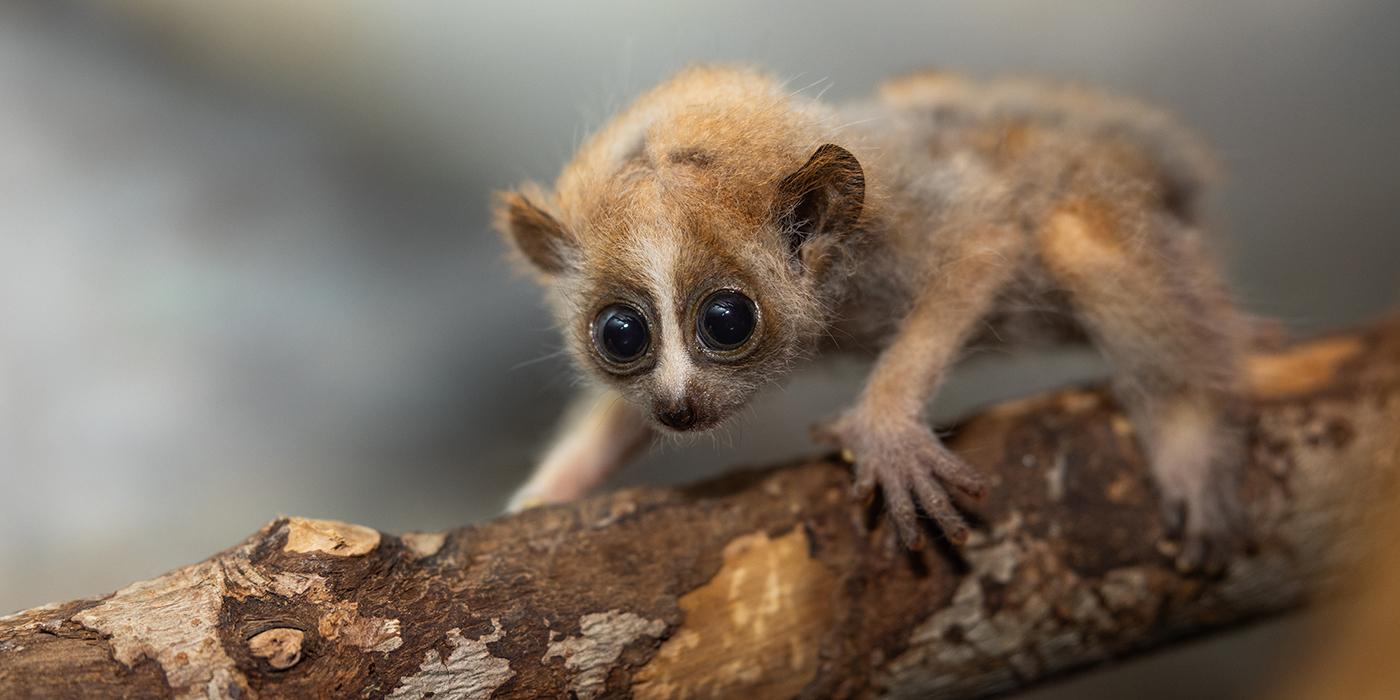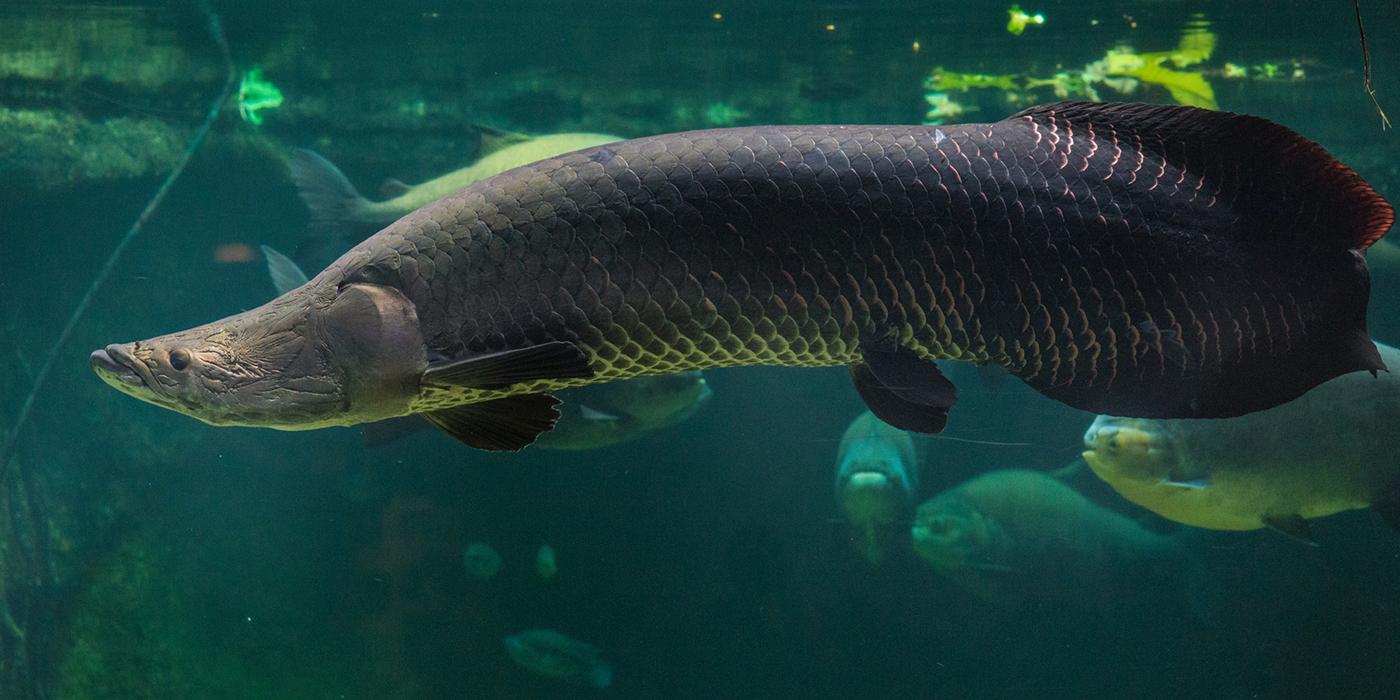New at the Zoo: Emperor Tamarins

Roshan Patel
Meet Fleck and Poe, a pair of emperor tamarin brothers who recently made their debut in Amazonia’s rainforest habitat! Get to know these mischievous monkeys from animal keeper Denny Charlton.
Related Species:


